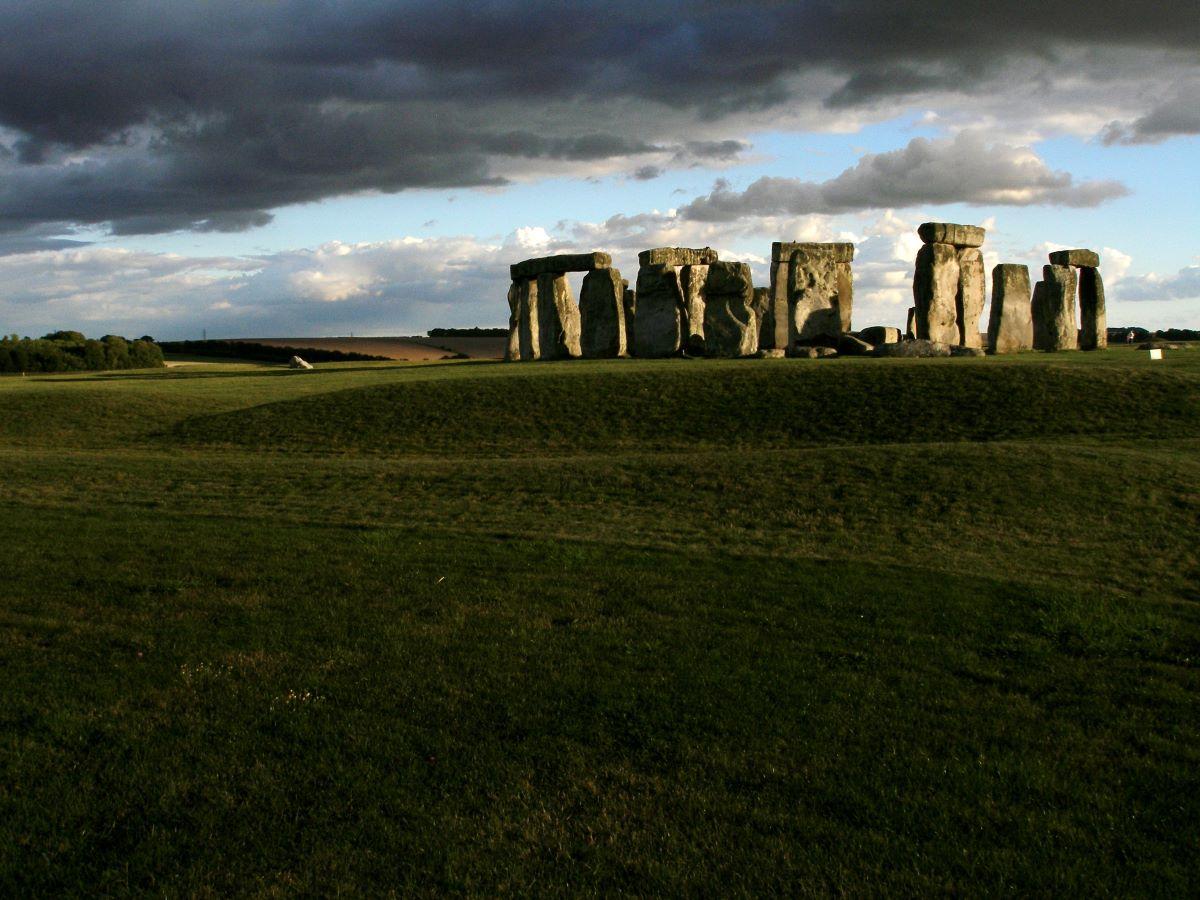New research has revealed the monumental six-tonne Altar Stone at Stonehenge in Southern England, long believed to originate from Wales, actually hails from Scotland.

Photo credit: Crispin Savage/The University of Adelaide. *Photo only for use with this story.
Researchers studied the age and chemical composition of mineral grains within fragments of the Altar Stone, a 50cm thick sandstone block measuring 5 x 1 metres that sits at the centre of the iconic stone circle in Wiltshire.
The results showed major differences between the Altar Stone and local Welsh bedrock but great similarity to rocks in northeastern Scotland.
"Our analysis found specific mineral grains in the Altar Stone are mostly between 1 to 2 billion years old, while other minerals are around 450 million years old," said lead author Anthony Clarke, a PhD student with Curtin University.
"This provides a distinct chemical fingerprint suggesting the stone came from rocks in the Orcadian Basin, Scotland, at least 750 kilometres away from Stonehenge."
Associate Professor Stijn Glorie, from the University of Adelaide's School of Physics, Chemistry and Earth Sciences, is co-supervisor of Mr Clarke's PhD studies and leads the Australian Research Council Project that funded the research.
A component of the age fingerprinting that led to the discovery of the Altar Stone's Scottish origin was done at the University of Adelaide. Associate Professor Glorie explains the findings present history in a new context.
"Understanding the origin of megaliths used in the Neolithic stone circle at Stonehenge gives insight into the culture and connectivity of prehistoric Britain," Associate Professor Glorie says.
"The source of the Altar Stone has been unknown until now, with recent work discounting an Anglo-Welsh Basin origin. The Neolithic people left no written record, so constraining the Altar Stone's provenance is a major development."
The Altar Stone was placed at its current location around 5000 years ago, and the study, which also had input from Aberystwyth University and University College London, raises questions about how it got to Wiltshire.
"Understanding the origin of megaliths used in the Neolithic stone circle at Stonehenge gives insight into the culture and connectivity of prehistoric Britain."Associate Professor Stijn Glorie, School of Physics, Chemistry and Earth Sciences, The University of Adelaide
"Given its Scottish origins and the technological constraints of the Neolithic era, there are fascinating questions to be answered about how such a massive stone was transported over such a vast distance around 2600 BC," Mr Clarke says.
Study co-author and Curtin University Professor Chris Kirkland said the finding had significant implications for understanding ancient communities, their connections, and their transportation methods.
"Our discovery of the Altar Stone's origins highlights a significant level of societal coordination during the Neolithic period and helps paint a fascinating picture of prehistoric Britain," Professor Kirkland said.
"Transporting such massive cargo overland from Scotland to southern England would have been extremely challenging, indicating a likely marine shipping route along the coast of Britain.
"This implies long-distance trade networks and a higher level of societal organisation than is widely understood to have existed during the Neolithic period in Britain."
The research was funded by an Australian Research Council Discovery Project. The full study, titled A Scottish Provenance for the Altar Stone of Stonehenge, is published in the journal Nature.






